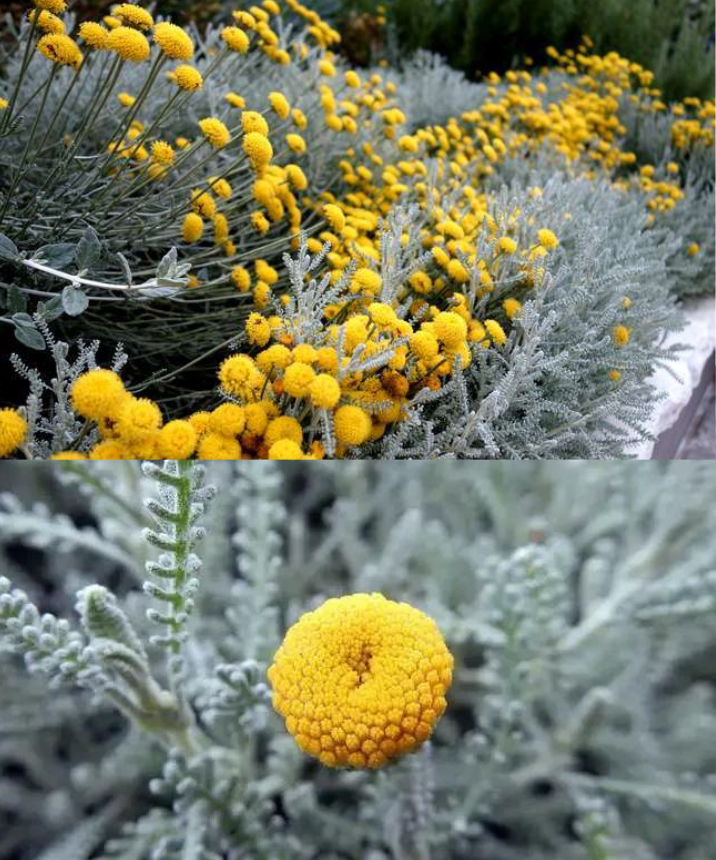Santolina, also known as cotton lavender, is a popular aromatic plant appreciated for its silver foliage and small yellow flowers. Here’s a guide on how to plant santolina, including how to protect it from cold temperatures as low as -15°C.
- Site Selection:
- Choose a sunny location where santolina can receive at least 6 hours of direct sunlight per day.
- Ensure the soil is well-drained, as santolina prefers dry, sandy soil.
- Soil Preparation:
- Work the soil deeply to loosen it and remove any weeds.
- Add compost or well-decomposed soil to improve soil fertility.
- Planting:
- Dig a hole slightly wider than the plant’s root ball.
- Carefully remove santolina from its container and place it in the hole.
- Backfill the hole with soil around the plant and lightly compact the soil to eliminate air pockets.
- Initial Watering:
- Water santolina thoroughly after planting to establish its roots well.
- Subsequently, reduce watering as santolina is a drought-tolerant plant.
- Protection against Cold:
- Apply mulch around the base of the plant with organic material to help conserve soil warmth.
- Use shade netting or floating cover to protect santolina from extreme temperatures.
- In regions with especially cold winters, you can cover the plant with a plastic tunnel to protect it from frost.
- Ongoing Care:
- Regularly prune santolina to maintain its compact shape and encourage dense growth.
- Remove faded flowers to promote new blooming and a tidy appearance.
- Monitor for signs of diseases or pests and act promptly if necessary.
By following these steps and taking appropriate precautions against cold, you can successfully plant santolina even in conditions where temperatures drop to -15°C. This resilient plant will add a touch of color and fragrance to your garden year-round.
